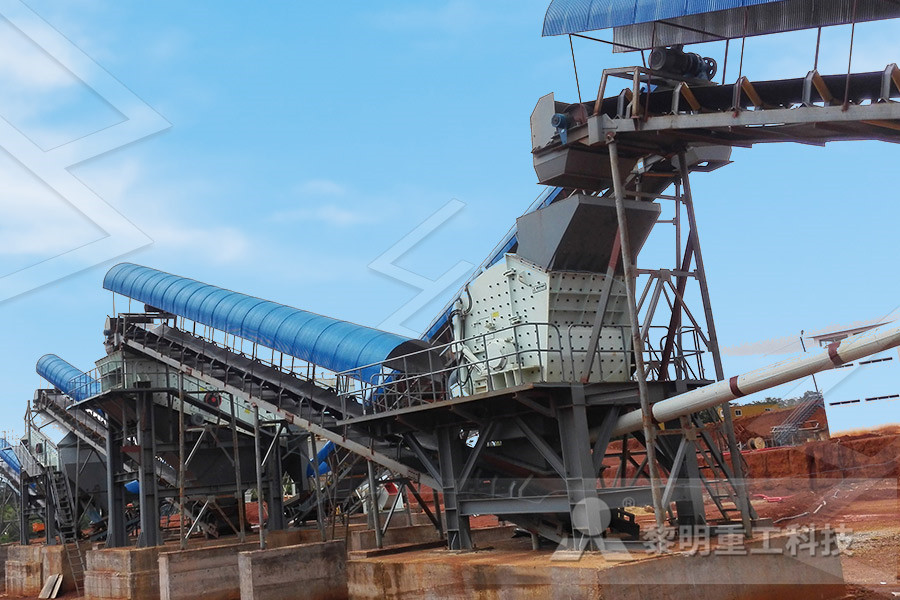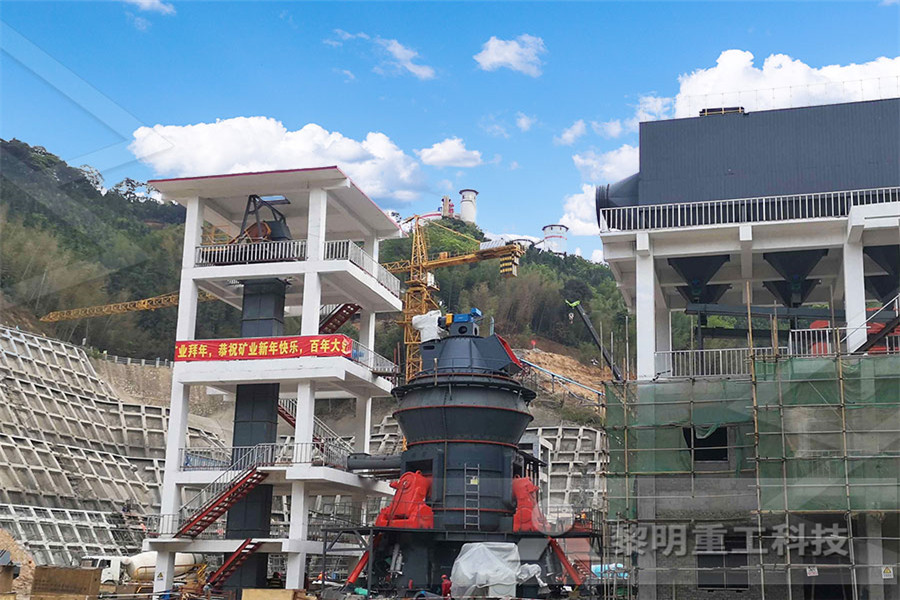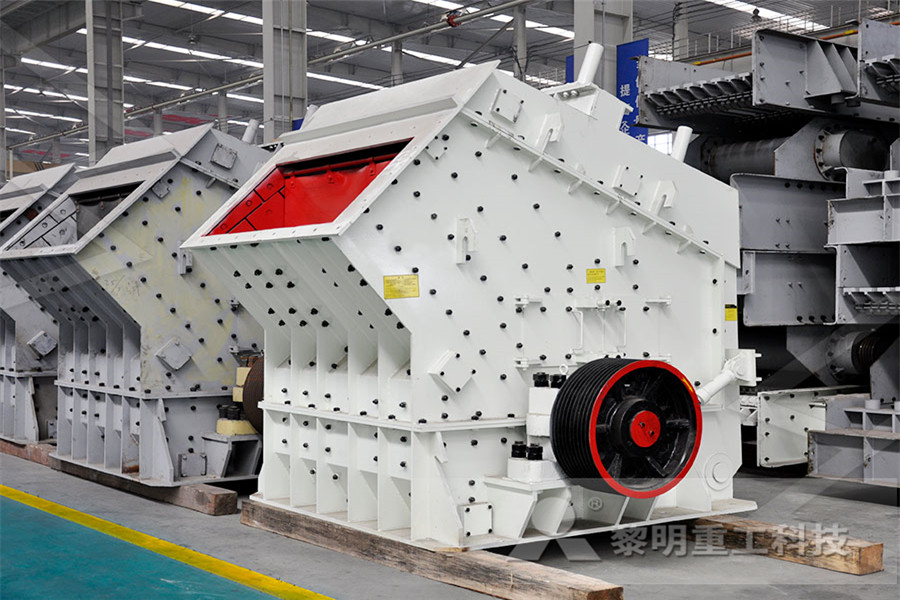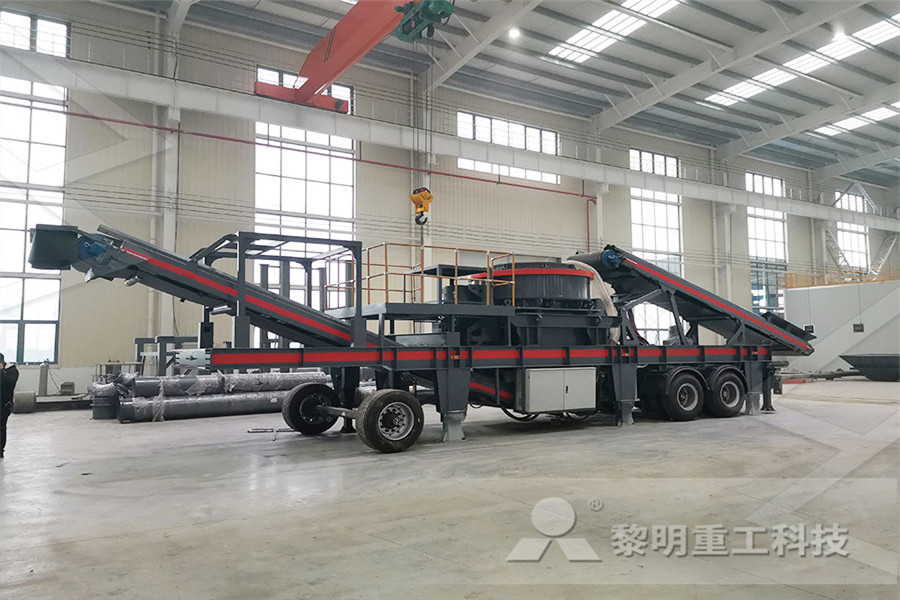
Limestone Conversion At Coal Plants lublinalarmypl
Limestone conversion at coal plants DOE Fossil Energy Clean Coal Technology 12 Feb 2013 One way is to clean the coal before it arrives at the power plant Typically in one washing process the coal chunks are fed into a large waterfilled tank The limestone and sulfur combine with each other to form either a Coal Power Plant Conversion amp Modernisation Uniper Extend your asset life improve efficiency and ensure compliance with power plant fuel conversion Become independent from coal limestone conversion at coal plants; A strategy for converting coal fueled power plants to limestone Pulverized coal boilers that burn coal that has been milled into a very fine dust Conversions of coal plants to use biomass have typically been in stoker / fluid bed plants because the biomass fuel is wood chips Wood chips are less expensivelimestone conversion at coal plants Alstom’s Limestone Chemical Looping (LCL™) process has the potential to capture CO 2 from new and existing coalfired power plants while maintaining high plant power generation efficiency This new power plant concept is based on a hybrid combustion gasification process utilizing high temperature chemical and thermal looping technologyAlstom’s Limestone Chemical Looping Gasification Keyword: CFBC Boiler Manufacturer, limestone function in coal fire boiler FAQ about limestone function in coal fire boiler 1Why choose ZG as limestone function in coal fire boiler manufacturer? We have over 70 years' experience of industrial steam boiler and autoclave,and we have a professional installation and aftersales staff for productsTake advantage of the most economical way to limestone function in coal fire boiler – CFBC Boiler Limestone slurry is most commonly used to clean coalburning power plants, where Controlling the density of the slurries in the manufacturing process is often density of limestone used in power plants «

Spray dryer or wet limestone FGD; Costs and selection
Retrofit costs for lime/limestone FGD and lime spray drying at coalfired utility boilers Technical Report Emmel, T E ; Jones, J W The paper gives results of a research program the objective of which was to significantly improve engineering cost estimates currently being used to evaluate the economic effects of applying SO2 controls to existing coalfired utility boilers While many coalfired power plants in the United States have ceased operation in the last decade, a large number remain in operation Spray tower, wetlimestone FGD process flow diagramCoalFired Power MO: Enhancing WetLimestone 4,953 lbs SO 2 /hr * (1001÷64) ÷097 = 7,986 lbs/hr of limestone consumption To this number must be added the unused limestone that appears in the byproduct We have seen that full load WetLimestone FGD Byproduct Generation and NRG plans to convert the plant from burning coal to a plasma gasification process, which breaks down coal into its component parts before converting it into energy No timetable for that conversion has been announced DOE selects NRG Energy for carbon capture project in TexasNRG Energy Global Energy MonitorSince 1984, regulations have limited particulate matter emitted directly from coalfired power plants; however, before December 2015, no regulations existed that would limit secondary particle formation by restricting emissions of SO 2 or NOx 22 Plants are, however, subject to minimum stack height requirements and plants generating 500 MW of electricity or more are required to leave space to allow for an FGD unit retrofit in the future Plants Costs and Benefits of Installing FlueGas

Clean coal conversion processes – progress and
Clean coal conversion processes – progress and challenges pulverized coal (PC) fired power plants account for more than 90% of the electricity generated from coal 15 The schematic flow diagram of a PC power plant is illustrated in Fig 2 limestone is often injected to capture SO x formed during coal combustion Compared to PC limestone (~35 million tons ) per year 3 for flue gas desulfurization and help coalfired power plants meet EPA’s Mercury and Air Toxic Standards (MATS) for control of mercury emissions 6 Lime Sludge Sample Collection Eight lime sludge samples were collected from seven water Limestone reaction conversion: Cumulative amount of Characterization of Lime Softening Sludge for Reuse in Limestone scrubbing is the method of choice for coalfired plants, yielding efficiencies of 90% 98% SO2 is neutralized by direct contact with limestone slurry in an absorption tower Slurry is produced by crushing limestone in a ball mill and mixing it with water During this slaking process, conversion to calcium hydroxide is achievedLimestone Slurry for Flue Gas Desulphurization (FGD)Coalfired power plants produce 40 % of the total electricity in the United States The profiles in SAP to predict limestone conversion at different CO2 partial pressures The impact of mass and heat transfer limitation, lime sintering phenomenon, and particle size distribution ofFLASH CALCINATION OF LIMESTONE IN A BENCHSCALE Cyclic carbonation and calcination reactions were investigated for capturing CO2 from combustion and gasification processes Sorbent particles in the size range 600−1400 μm were subjected to multiple capture cycles at atmospheric pressure to obtain a surface mapping of conversion based on calcination and carbonation temperatures Steam hydration of CaO was utilized to increase both pore Improved LongTerm Conversion of Limestone

Coal minecoal conversion plant: interface evaluation
@article{osti, title = {Coal minecoal conversion plant: interface evaluation and conceptual design Volume II Final report}, author = {}, abstractNote = {Volume II is intended for use with Volume I for the development of specific coal minecoal conversion plant interface designs This volume deals with individual interface design modules grouped into operational categoriesThe US Department of Energy's Office of Scientific and Technical InformationFgd good with coal conversion (Journal Article) Energy Conversion Technologies 10 Introduction In these and subsequent notes, we will describe the infrastructure that is available to be considered in the generation and planning functions We classify this information by • Energy conversion, transport, and storage • Technologies available now, and those likely to be available in the futureEnergy Conversion Technologies 10 Introduction According to ACAA, in 2014 US coal power plants generated 1297 million tons of coal ash Of that amount, 624 million tons of the material, or 48%, was recycled Of that amount, 624 million A New Life For Coal Ash CEN The company maintains that RNLG and coal conversion were considered as part of the initial screening study RLNG is a cleaner source of energy with a better environmental footprint RLNG based power plants also have significantly higher efficiencies compared to RFO and coal based thermal power plants However, RLNG is an expensive imported fuelConversion of FOfired plant to coal: Hubco submits

Clean coal conversion processes – progress and
Clean coal conversion processes – progress and challenges pulverized coal (PC) fired power plants account for more than 90% of the electricity generated from coal 15 The schematic flow diagram of a PC power plant is illustrated in Fig 2 limestone is often injected to capture SO x formed during coal combustion Compared to PC Coalfired power plants produce 40 % of the total electricity in the United States The profiles in SAP to predict limestone conversion at different CO2 partial pressures The impact of mass and heat transfer limitation, lime sintering phenomenon, and particle size distribution ofFLASH CALCINATION OF LIMESTONE IN A BENCHSCALE Cyclic carbonation and calcination reactions were investigated for capturing CO2 from combustion and gasification processes Sorbent particles in the size range 600−1400 μm were subjected to multiple capture cycles at atmospheric pressure to obtain a surface mapping of conversion based on calcination and carbonation temperatures Steam hydration of CaO was utilized to increase both pore Improved LongTerm Conversion of Limestone limestone (~35 million tons ) per year 3 for flue gas desulfurization and help coalfired power plants meet EPA’s Mercury and Air Toxic Standards (MATS) for control of mercury emissions 6 Lime Sludge Sample Collection Eight lime sludge samples were collected from seven water Limestone reaction conversion: Cumulative amount of Characterization of Lime Softening Sludge for Reuse in all plants The heart of a lime plant is the kiln The prevalent type of kiln is the rotary kiln, accounting for about 90 percent of all lime production in the United States This kiln is a long, cylindrical, slightly inclined, refractorylined furnace, through which the limestone and hot combustion gases pass countercurrently Coal,1117 Lime Manufacturing US EPA

COMBUSTION OF CHARCOAL WASTE PELLETS FOR
(IGCC) plants because of their high volatility and good char reactivity In these plants, partial gasification of the coal in the presence of limestone eliminates the major portion of the sulfbr species in the product gases, which are used as fbel for the topping cycle The EPA450/375047 COMPARISON OF FLUE GAS DESULFURIZATION, COAL LIQUEFACTION, AND COAL GASIFICATION FOR USE AT COALFIRED POWER PLANTS by The M W Kellogg Company 1300 Three Greenway Plaza East Houston, Texas 77046 Contract No 68021308 EPA Project Officer: William L Polglase Prepared for ENVIRONMENTAL PROTECTION AGENCY Office Comparison of Flue Gas Desulfurization, Coal The company maintains that RNLG and coal conversion were considered as part of the initial screening study RLNG is a cleaner source of energy with a better environmental footprint RLNG based power plants also have significantly higher efficiencies compared to RFO and coal based thermal power plants However, RLNG is an expensive imported fuelConversion of FOfired plant to coal: Hubco submits 1 Introduction Low water FGD technologies 5 When coal is combusted in a power plant boiler, the sulphur in the fuel combines with oxygen to form sulphur dioxide (SO 2) and small amounts of sulphur trioxide (SO 3)Further amounts of SO 3are generated in the selective catalytic reactor, which is widely used for NOx controlLow water FGD technologies Plants and photosynthetic algae and bacteria use energy from sunlight to combine carbon dioxide (C02) from the atmosphere with water (H2O) to form carbohydrates These carbohydrates store energy Oxygen (O2) is a byproduct that is released into the Carbon Cycle and the Earth's Climate Columbia